Enter Le Van Bo; architect, designer, and initiator of the Hartz IV Möbel project. Named after the national welfare system, Hartz IV Möbel is a DIY movement, centred around a series of basic, practical furniture pieces that are both simple and affordable to construct, making use of commonly-available, low-cost materials.
Le has recently published a book, the Hartz-IV Möbel-Buch, which not only contains instructions for all the furniture projects, but also provides tips on cost-effective living in small spaces, as well as features on prominent members of the DIY community in Berlin.
For those who aren’t familiar with it, what is the Hartz-IV Möbel project all about?
Hartz-IV Möbel is a social design movement, and I am its initiator. The basic idea is that I try to create construction plans for furniture inspired by classic Bauhaus-era pieces, which are normally very expensive. For instance, a chair, which would typically cost around four or five thousand Euros, can be made, using one of my designs, for 24 Euros, in just 24 hours. I call it the ’24-Euro Chair’, and you can even find one in the betahaus café – just look for the green “Build Me!” sticker.
What inspired you, as a trained architect, to start such a ‘social-design movement’?
It started out as a bit of a coincidence – I had constructed a chair for myself for the first time after attending a basic carpentry course at the local Volkshochschule (community centre). I had been designing wooden furniture, yet despite that, I had never even held a saw in my hand before – I had, as you might say, two left hands. So of course, this made me really proud. I then blogged about this chair, and told all my friends about how I built it. That was the beginning of the movement – I was so inspired by just how easy it was to build something so useful, and so were others.
I am neither a product designer nor a carpenter – I had never even held a saw in my hand before making my first 24-Euro chair, and I’m still a complete amateur even today. When I created the 24-Euro chair project, I wanted to inspire those who are not only not designers, but who may not have enough money to buy all of their furniture, to simply create their own instead.
The name and its reference to the welfare system is a deliberate provocation; to make it clear that this is not a project about design, form, or materials. For me, chairs and other basic pieces of furniture are a social issue, and not one of design, because the way in which one furnishes their home defines their wealth in a way. This project is intended for those who may be short on money, but who have good taste which they wish to express.
Has the Hartz-IV Möbel project been applied, or attempted, in any other cities, besides Berlin? Do you see this becoming a movement worldwide – somewhat in line with other “DIY-revival” trends (e.g. sewing, gardening, etc.)?
I know that there is definitely an increasing number of DIY projects like this one happening throughout the industrialised world. A lot of people are simply fed up with capitalism, and are starting to reconsider the actual value of products we normally buy at large-scale stores like Ikea or H&M – questioning why everything is so cheap. It doesn’t help that many of these companies cannot say just how, where, and by whom their products are made. Nowadays, more and more people are trying to regain power, particularly over what they consume. We see it with the Occupy movement, with guerilla gardening – the conversion of public green spaces into community gardens, and with something I organise called Guerilla Lounging, where unused public spaces are turned into “lounges” for the general public.
The book is a very special project because it is not carried out in the normal way in which a book is published. Normally, one writes content, finds a publisher, and then publishes the book. What we are doing instead is finding readers, asking them to finance the book through donations on StartNext, collecting their stories, illustrations, and other content they submit, and then finally finding a publisher.
The fun thing about this project is that, because it’s a collaborative effort, everybody can contribute to it in some way. This raises the question of quality control – many people wonder if this method would perhaps result in a patchwork of varying styles and quality. However, what this process revolves around is something called “crowd-storming” – a collective form of brainstorming, in which an idea is displayed to a public forum, and is open to feedback from just about anyone.
As for content; this book will contain not only all of the construction plans, but also some tips and advice on how to organise a small space in the best way possible. There’s one chapter, called ’99 ideas from the 99%’, in which we have collected 99 of the best ideas for various kinds of DIY projects. Another chapter is called the ‘Karma Economy’, where I try to summarize the things I’ve observed at companies who can successfully motivate people to do good with something other than money – something I call the “karma credit”.
We have a small number of copies available, and if you donate to the project on StartNext, you’ll receive one. We’re hoping to find a large-scale publisher soon, though we’ll try not to publish too many copies, as that would create waste – the one thing we’re fighting against.
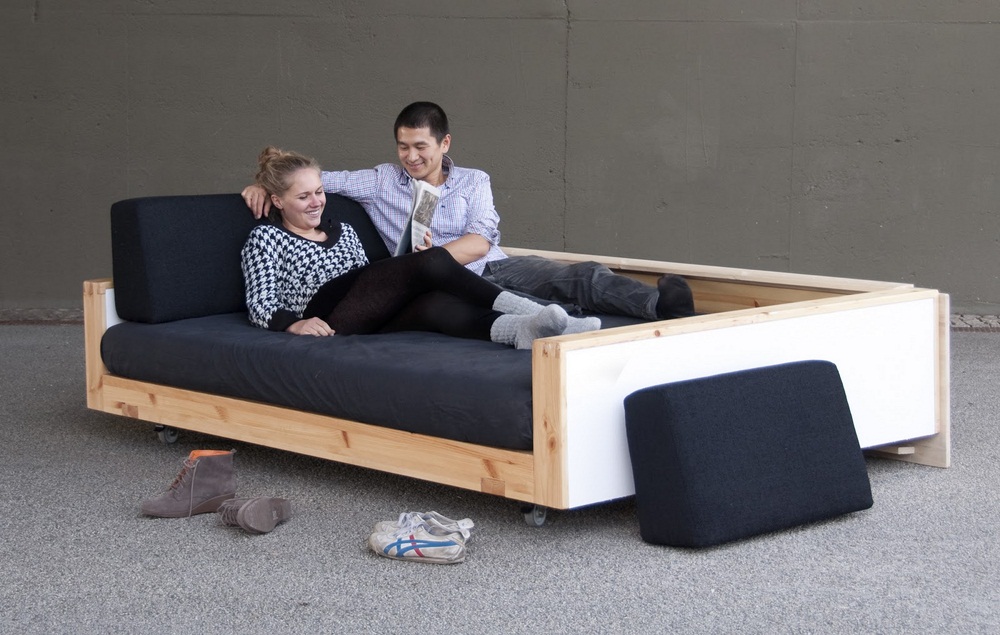 SIWO SOFA
SIWO SOFA 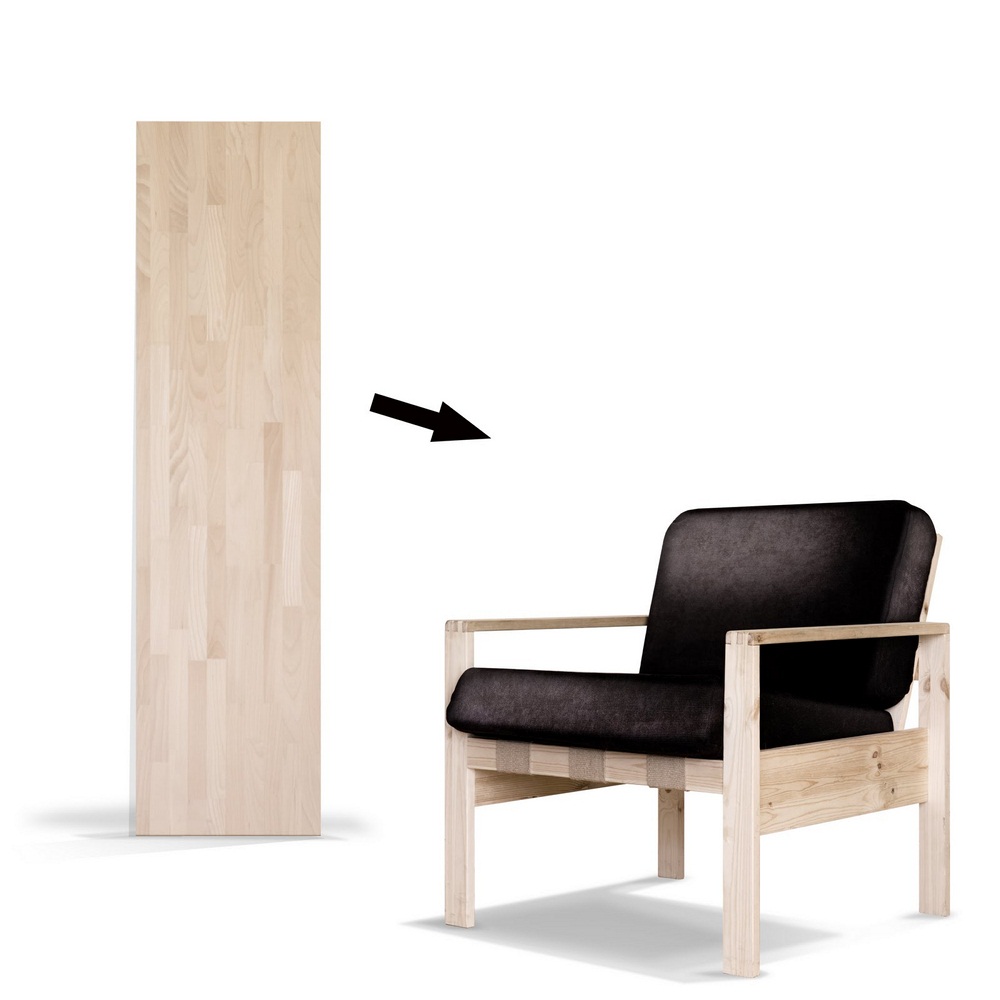 LE VAN BO_HARTZIVMOEBEL
LE VAN BO_HARTZIVMOEBEL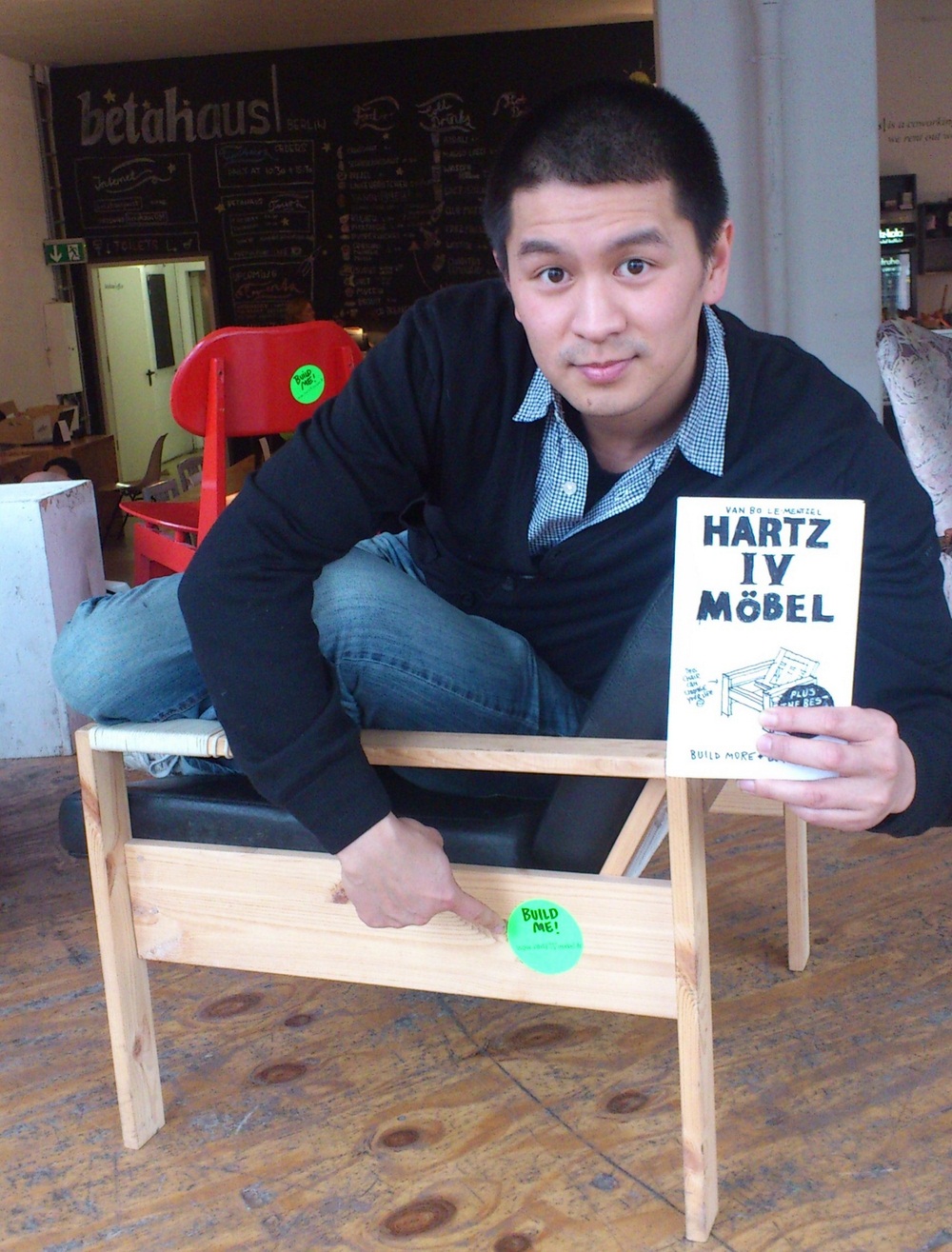 LE VAN BO WITH HIS BOOK
LE VAN BO WITH HIS BOOK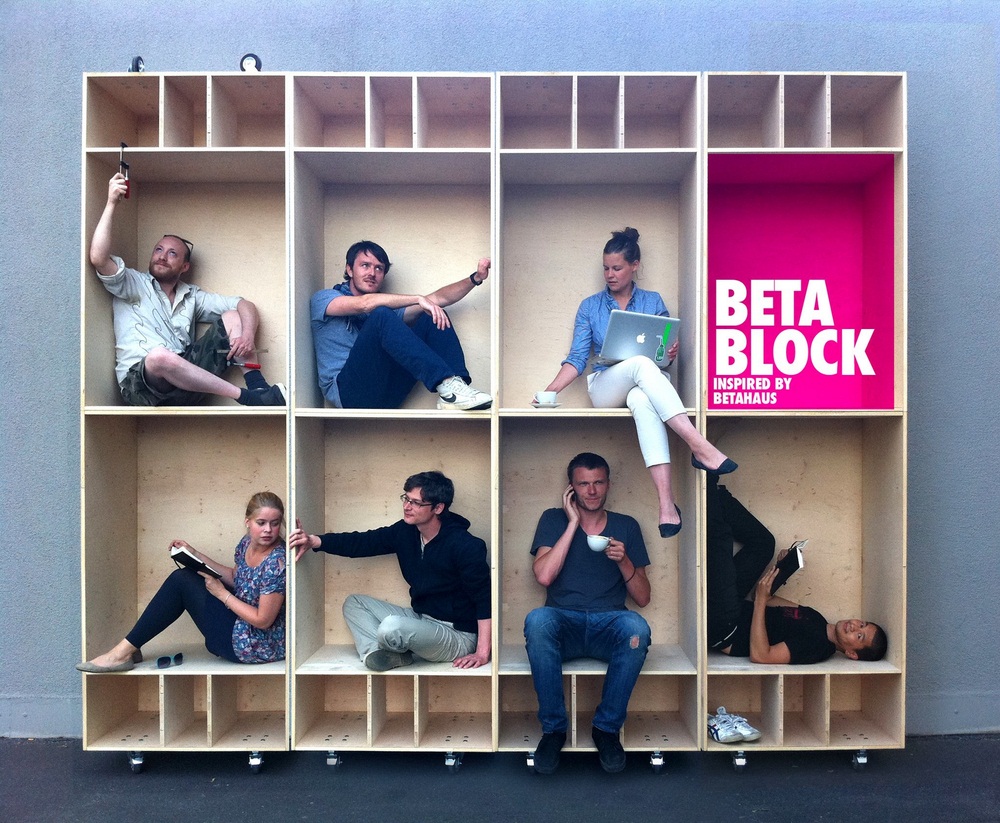 BETABLOCK INSPIRED BY THE BETAHOUS.DE CO-WORKING SPACE
BETABLOCK INSPIRED BY THE BETAHOUS.DE CO-WORKING SPACE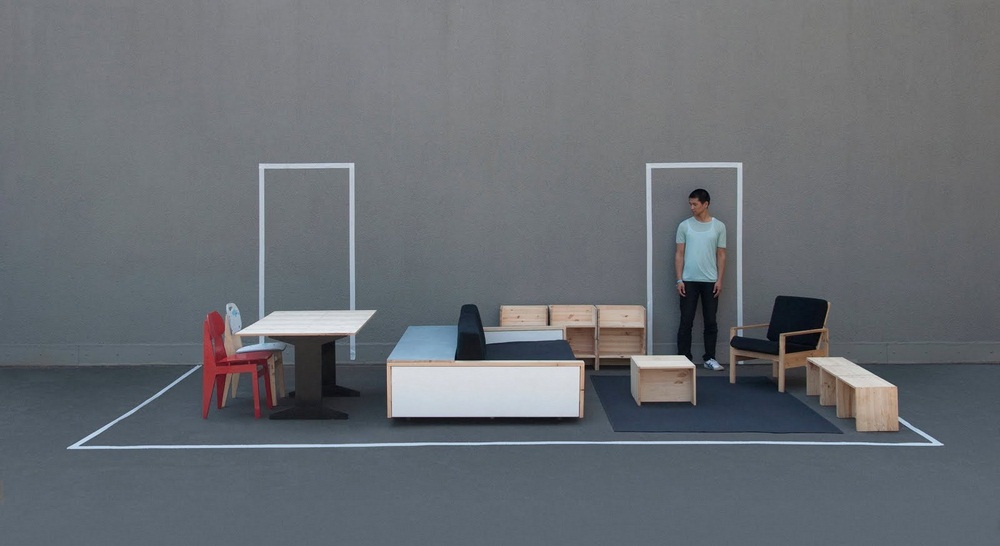 LE VAN BO
LE VAN BO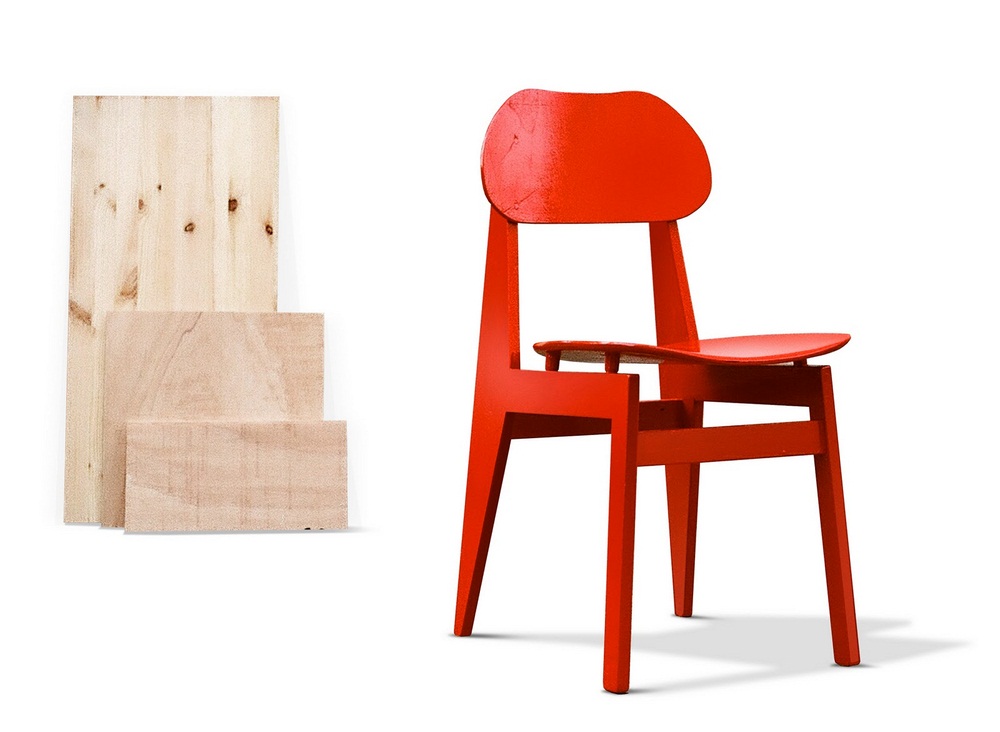 01 BY LE VAN BO
01 BY LE VAN BOHartz IV Möbel Buch
READ ALSO: BOSQUE DE LA ESPERANZA ( FOREST OF HOPE ) / GIANCARLO MAZZANTI / BOGOTA, COLOMBIA